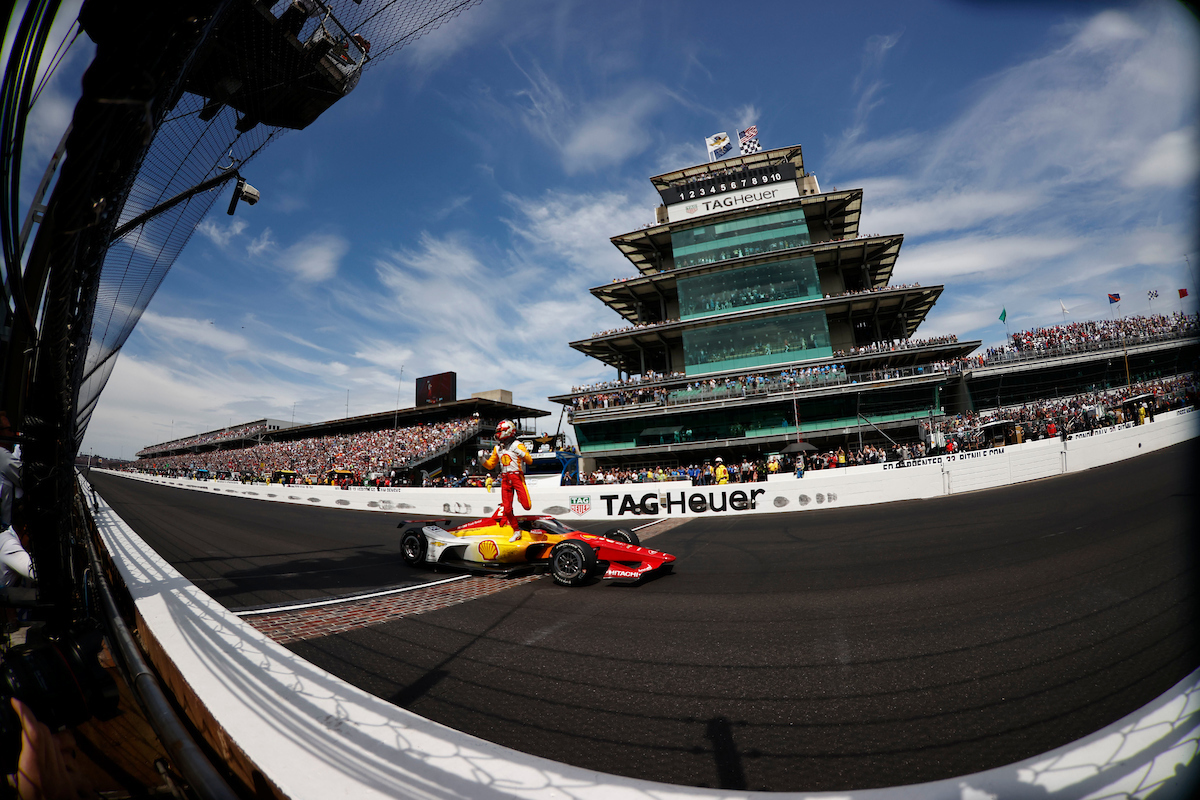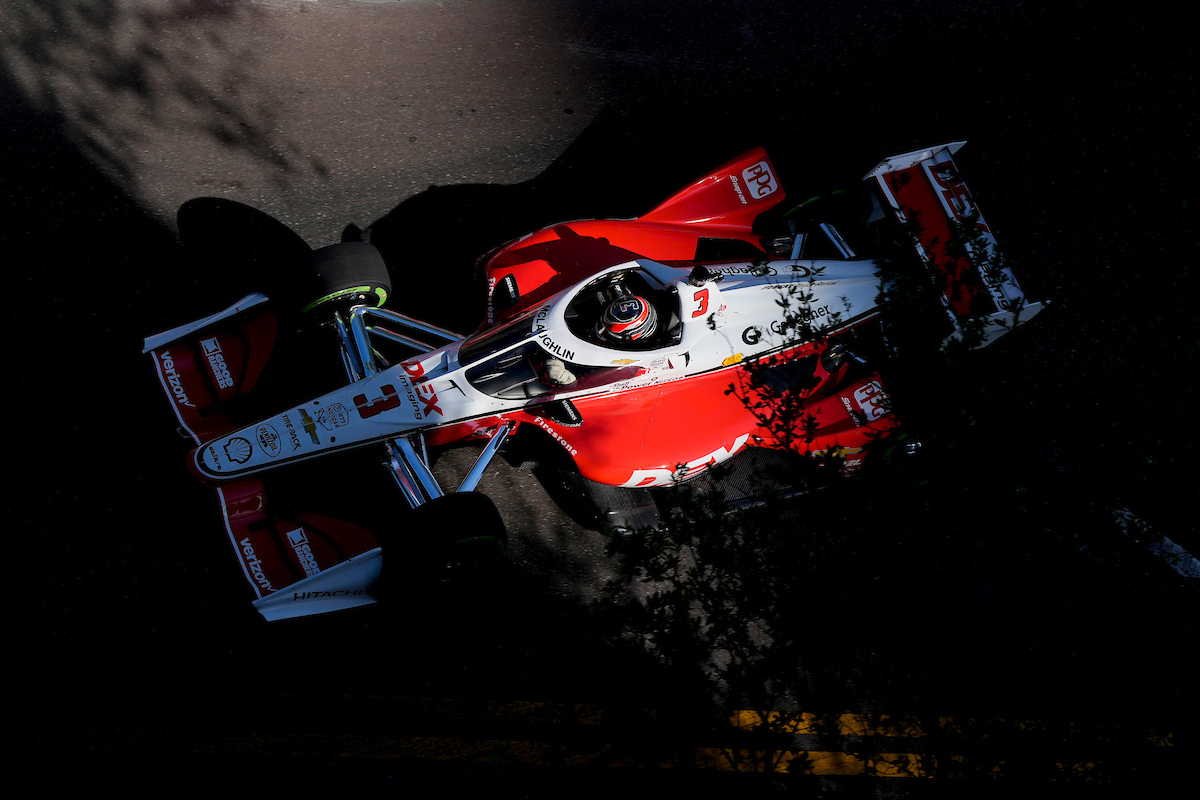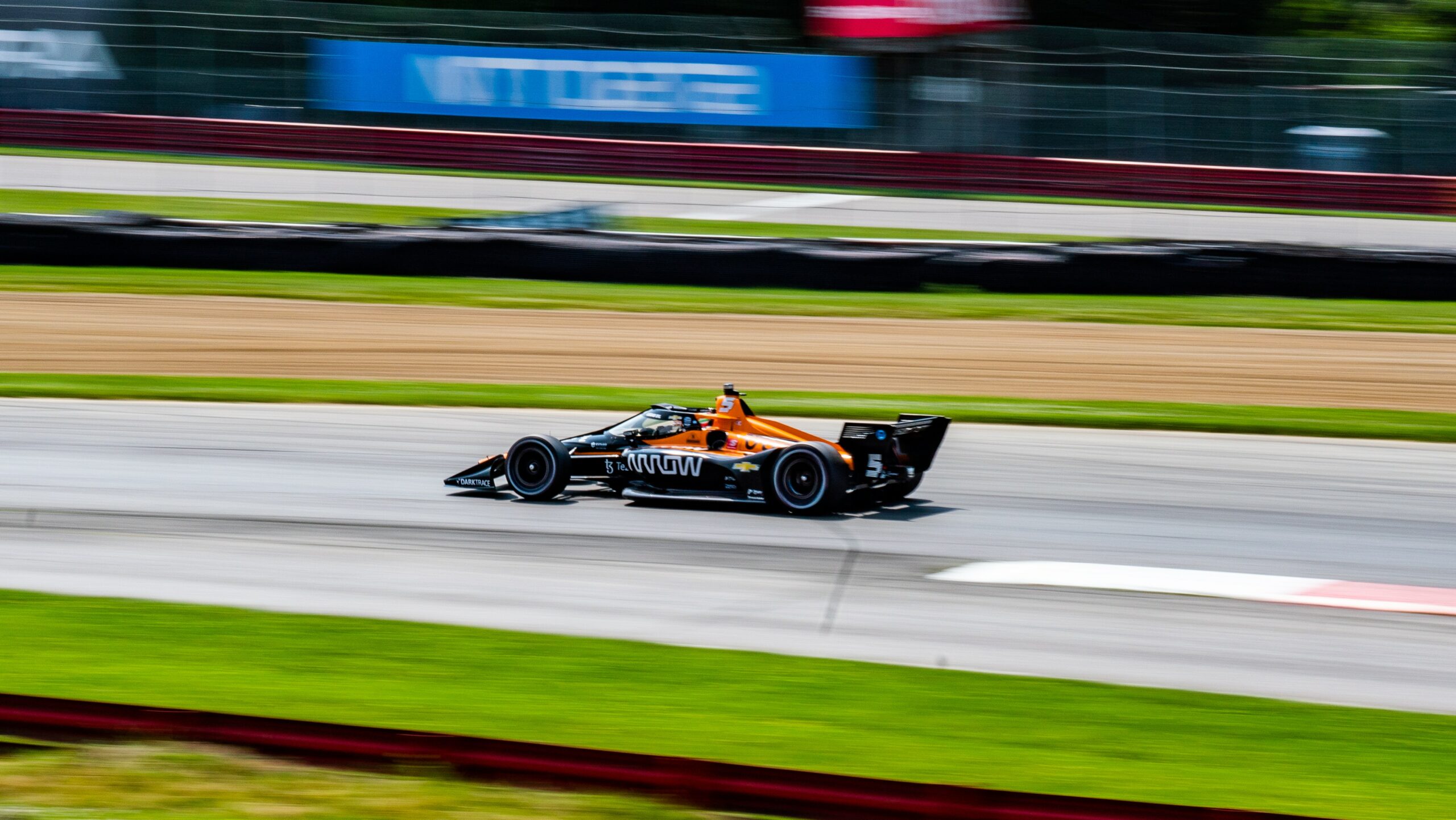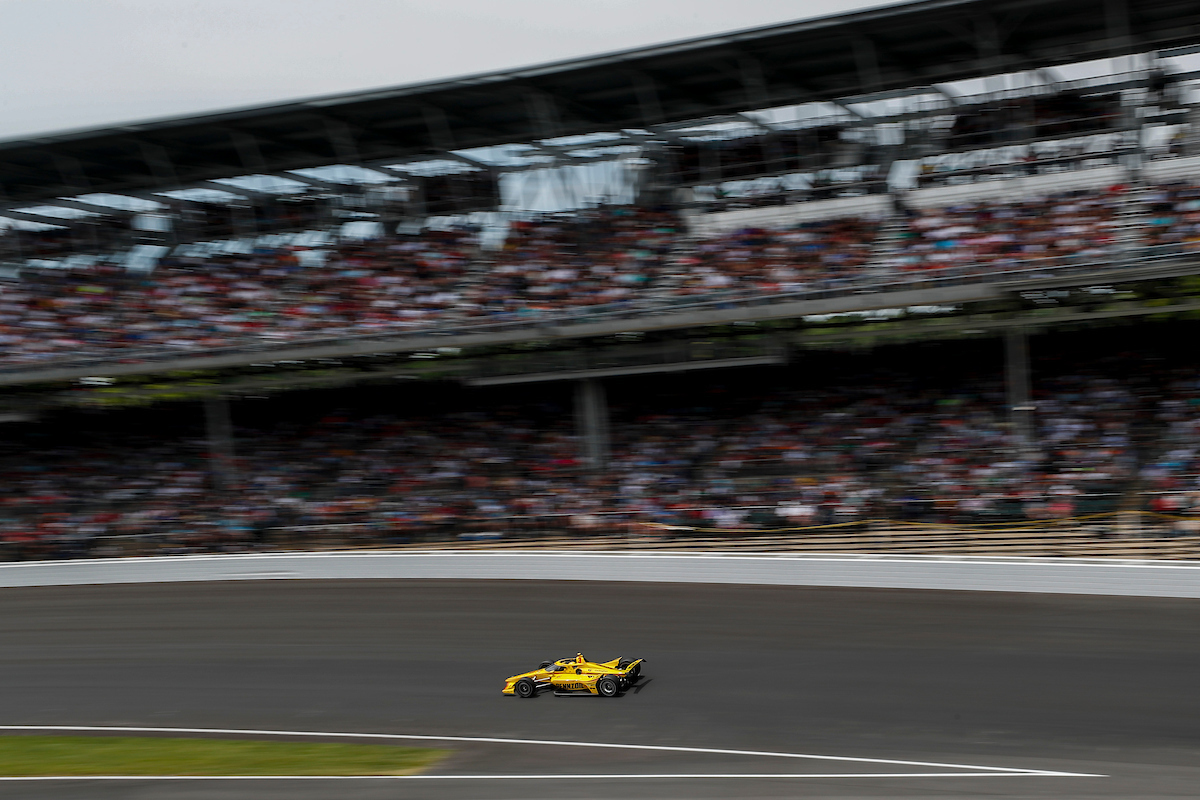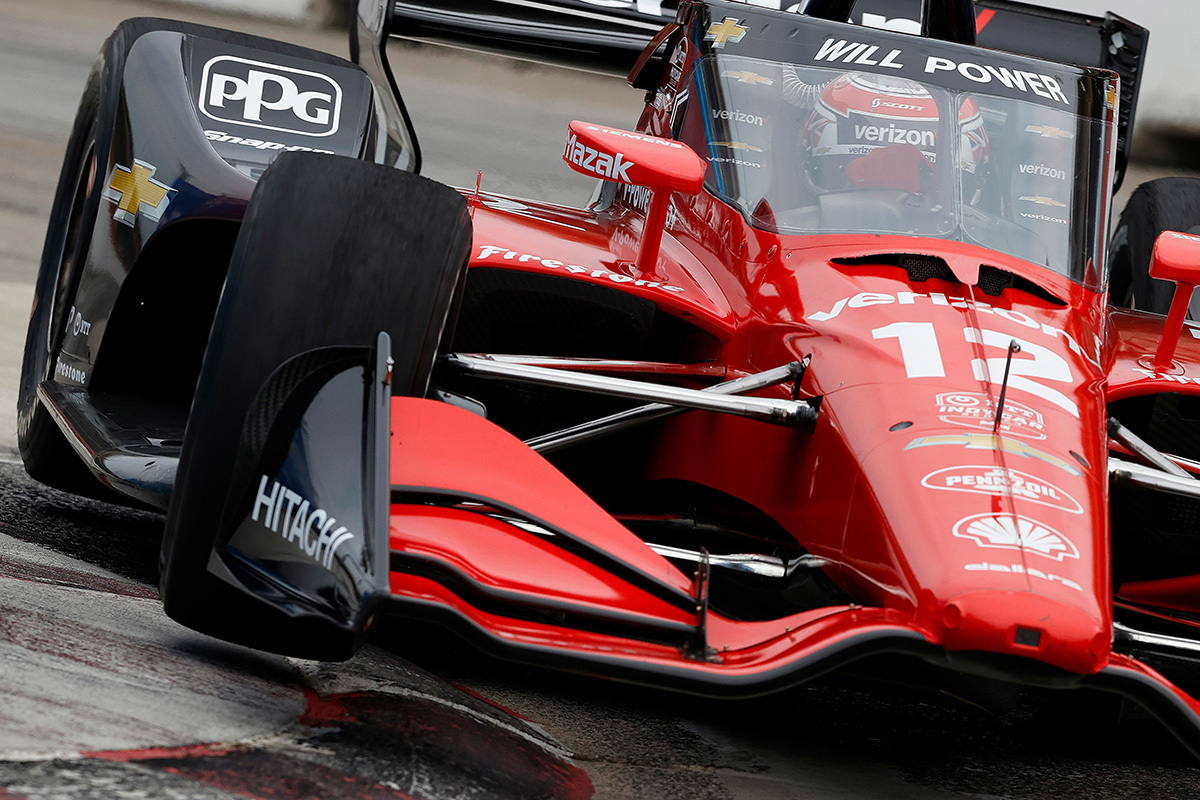How Heavy Is An IndyCar Tire?
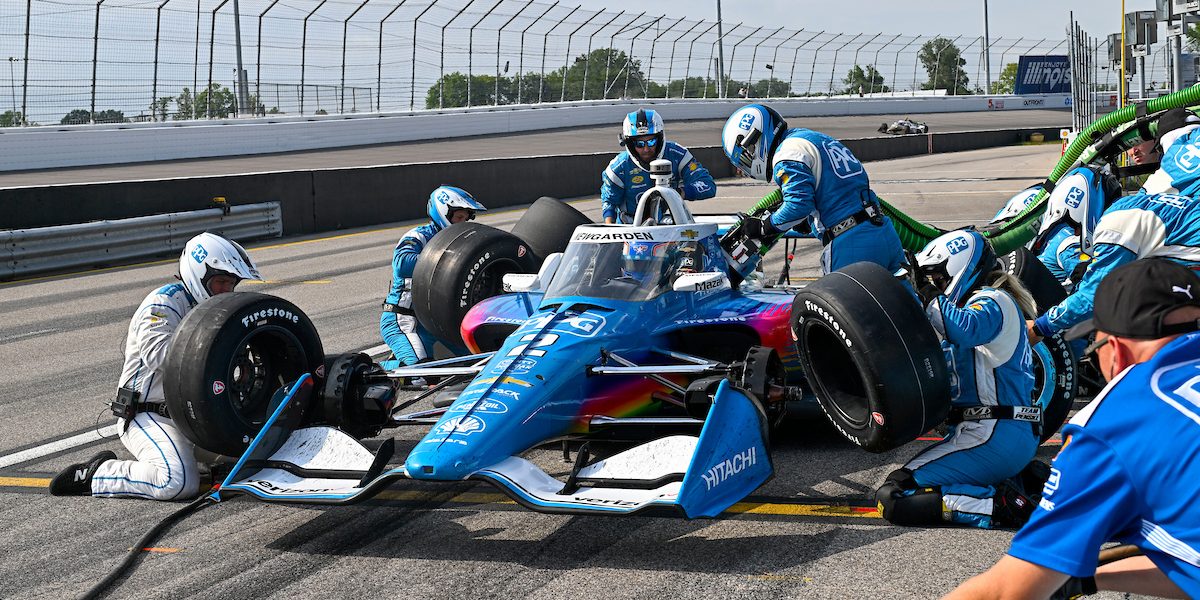
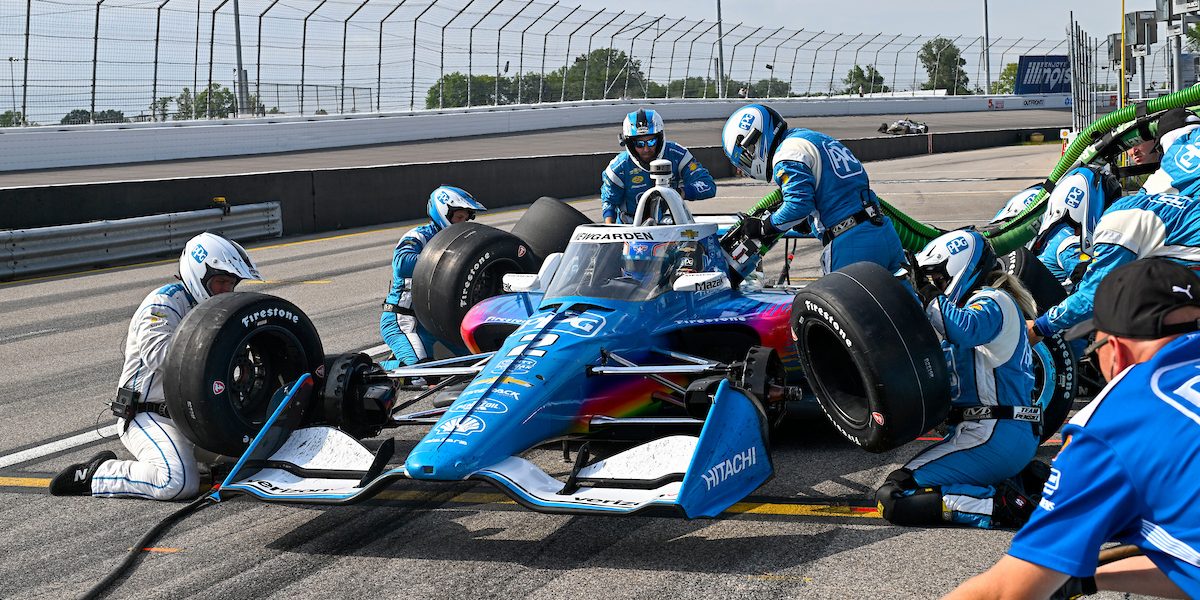
IndyCar tires weigh approximately 20 pounds. Lightweight and agile, these tires are engineered to enhance the performance of a race car on the track. They are carefully crafted with a balance of durability and grip in mind, allowing them to withstand the high-speed demands and dynamic conditions of IndyCar racing.
It’s essential for these tires to provide the right amount of traction while not adding unnecessary weight that could impede a vehicle’s acceleration and speed. Over the history of IndyCar racing, both the design and composition of these tires have evolved to meet changing track conditions and technological advancements, ensuring that the cars maintain peak performance throughout a race.
Key Takeaways
- IndyCar tires are designed for performance and weigh around 20 pounds each.
- The design acknowledges the need for balance between weight, grip, and durability.
- The evolution of tire technology reflects changes in racing conditions and advancements.
Table of Contents
Basics of IndyCar Tires
IndyCar racing demands tires that meet extreme performance specifications due to the speed, downforce, and track conditions. The Firestone Firehawk tire, the standard tire used in the series, is the result of sophisticated engineering tailored to high-speed motorsport.
Materials and Construction
IndyCar tires are composed primarily of rubber enriched with other compounds to offer durability and grip. The construction process involves layering polymers, fabric, steel, and various compounds, which together contribute to the tire’s overall strength and flexibility. The Firestone Firehawk tire is specifically designed to withstand the intense conditions of IndyCar racing tracks, including high speeds and temperatures.
Dimensions and Weight
Standard tire dimensions for IndyCar racing are as follows:
| Aspect | Measurement |
|---|---|
| Diameter | Up to 34 inches |
| Width | Approximately 9.2 inches |
| Weight (Approximate) | Varied by manufacturer |
These dimensions have remained relatively steady over time, ensuring consistency for teams and drivers. While specific weight can vary, the engineering behind these tires must ensure they are light enough to not affect performance yet heavy enough to maintain vehicle stability at high speeds.
Tire Performance and Dynamics
IndyCar tires are integral to the overall performance of a race car, influencing grip, handling, and the ability to navigate different track types.
Compound Types
IndyCar tires are composed of various compounds designed to suit specific racing conditions. Road course and street course tires are distinct from those used on an oval track. Each compound is formulated to balance durability and traction, directly affecting a car’s handling and control during a race.
- Road course/street course tires: Engineered for a versatile performance on varying street and road course surfaces.
- Oval track tires: Optimized for high-speed stability and the intense lateral loads experienced on oval circuits.
Grip and Handling
The grip of an IndyCar tire is a critical factor in ensuring that the car stays adherent to the track surface, allowing for precise control:
- Grip:
- Downforce: Tires must generate sufficient grip to work in concert with a car’s aerodynamic downforce.
- Performance: Engineered to maintain grip through a range of temperatures and conditions encountered during a race.
- Handling:
- A balance between tire stiffness and flexibility is crucial for optimal handling.
- Tires must provide consistent feedback to the driver, allowing for adjustments during high-speed navigation on diverse tracks.
Racing Conditions and Tire Selection
Selecting the appropriate tire type is a critical decision in IndyCar racing, influenced heavily by racing conditions such as weather and track variations. Tire choice can greatly affect the car’s performance, handling, and safety.
Weather Adaptations
Rain Tires: In wet conditions, IndyCar uses specialized rain tires with deep grooves that expel water, preventing hydroplaning and maintaining grip. These tires are essential at venues like the Indianapolis Motor Speedway, commonly known as the Brickyard, when unexpected rain showers can occur.
- Adjustments for Weather: Tire pressures and temperature are adjusted to adapt to changing weather conditions, ensuring optimal performance and safety during the race.
Track Variations
The Brickyard: The Indianapolis Motor Speedway poses unique challenges with its combination of high-speed straightaways and tight corners. Tire selection here requires a balance between durability and agility.
- Track Surface and Tire Wear: Different tracks have varying abrasiveness, affecting tire wear rates. Engineers must select tires that can withstand the specific demands of each track, prioritizing either endurance or speed based on the track’s characteristics.
IndyCar teams must carefully consider these factors when choosing their tire strategies to stay competitive under the dynamic conditions of each race.
Historical and Technical Evolution
This section outlines the progression and technological enhancements in IndyCar tire development, focusing on key milestones and engineering improvements.
Notable Innovations
The historical evolution of IndyCar tires has been marked by significant innovations. The Marmon Wasp was equipped with Firestone tires when it won the inaugural Indianapolis 500 in 1911. Back then, the tires were 4.5 inches wide with only 2.5 inches of tread touching the ground during cornering. As a landmark development, Firestone Racing played a pivotal role in the industry’s advancement by setting speed records and achieving victories that carved their name into the history of motorsport.
In the 1990s, Goodyear responded to the competitive nature of the IndyCar Series with wider tires. The 1995 Indy 500 winner, driven by Jacques Villeneuve, showcased Goodyears that were 10.5 inches up front, a tangible increase over the past tire dimensions. Firestone and Goodyear both have contributed to tire performance, influencing outcomes on race days and demonstrating the critical role tire design plays in motorsport.
Technological Advances in Tire Engineering
IndyCar tires have evolved substantially in terms of the engineering that goes into them. Modern tires used in the IndyCar Series are a result of exhaustive research and development, providing optimal performance for the specific conditions of IndyCar racing, be it on oval tracks, road courses, or street circuits.
Technical progress includes advancements brought upon by the incorporation of new materials and design methods aimed at enhancing durability, grip, and overall reliability. The Dallara chassis which is currently used in the series, along with engines from Chevrolet and Honda, specifically the 2.2-liter V-6 engines, have been part of this technical journey. They demand tires that can manage the power and speed generated, far beyond what was required in the past. The engineering focus on tires continues to be as imperative as the development of engines or aerodynamics in pursuit of peak performance in the IndyCar Series, rivaling the technological efforts seen in Formula 1.






